Take a look inside the grand sporting homes of the greats such as Hemingway, Roosevelt and others that truly epitomize the outdoor life.
Much more than merely a place to hang his hat, the sportsman’s home is a reflection of his soul — no doubt a manifestation of his pursuit of wild things. Per Ben Franklin: “A house is not a home unless it contains food and fire for the mind as well as the body.” Sporting homes are not only a gathering place for colleagues and comrades, but a milieu for stories; written, read and told — both an inspirational launch pad and refuge.
His objets de chasse line the walls and grace the tabletops and corners. The sportsman is often found aside the grate of a roaring fire, lost in a soothing libation and the gratifying reflection of a day afield. Join us on the following tour of homes and lairs that truly epitomize the sporting life.
Hemingway
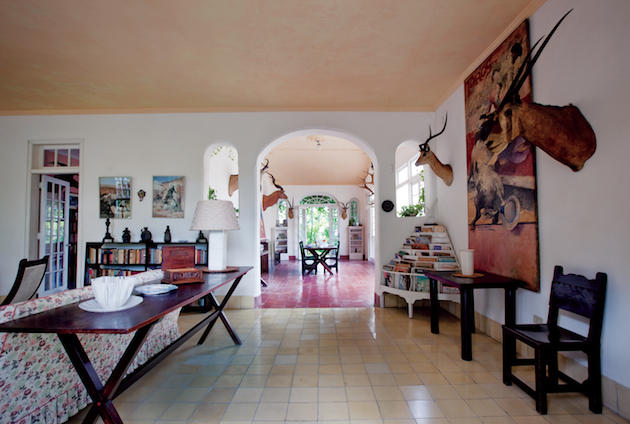
Ernest Hemingway took rest and refuge from fighting men, politics and giant billfish at his home in Havana, Cuba, where he predominantly resided for over 20 years until 1960. He wrote For Whom the Bell Tolls and The Old Man and the Sea while living there.
Roosevelt
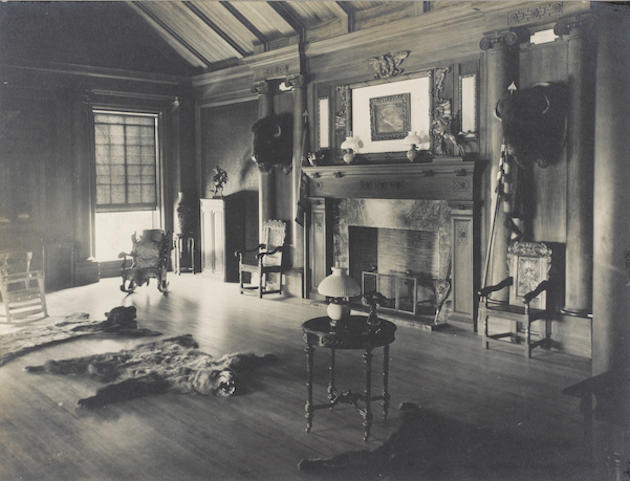
Named after the Indian chief Sagamore Mohannis, Sagamore Hill was the home of Theodore Roosevelt, 26th President of the United States, from 1885 until his death in 1919. The house itself is a sprawling 23-room, two-floored, Victorian-styled structure, with a massive 30×40-foot North Room where TR kept his trophies, books, paintings, sculptures, books, and dozens of priceless artifacts given to him by foreign dignitaries from the world over.
Vanderbilt
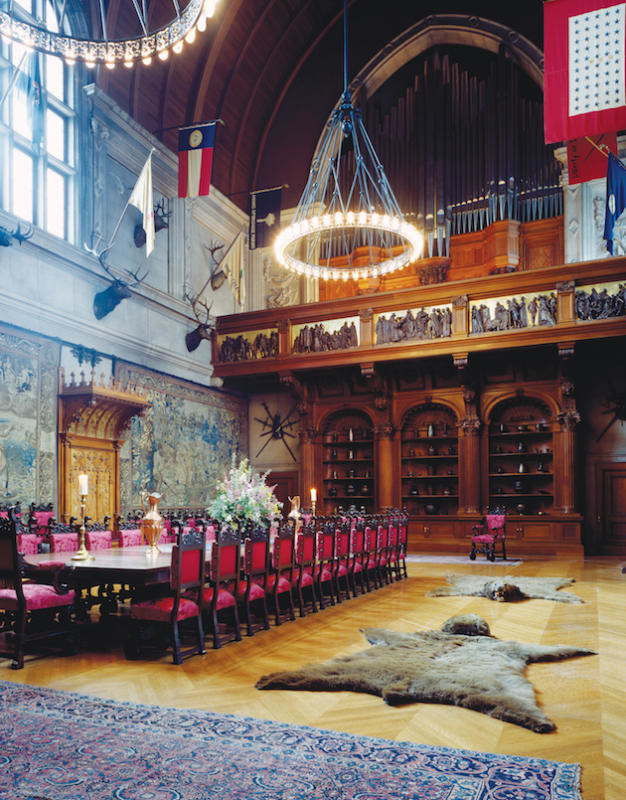
The enormous Banquet Hall in the Biltmore Estate (Asheville, N.C.) looks for all the world like it was borrowed from an MGM medieval movie set. The great table seats 64 guests, the walls are covered in rare Flemish tapestries, and the huge triple fireplace spans one end of the hall. Measuring 40 feet wide, 70 feet long, and more than 70 feet high, this one room could easily contain an entire average American home with room left over.
Coleman
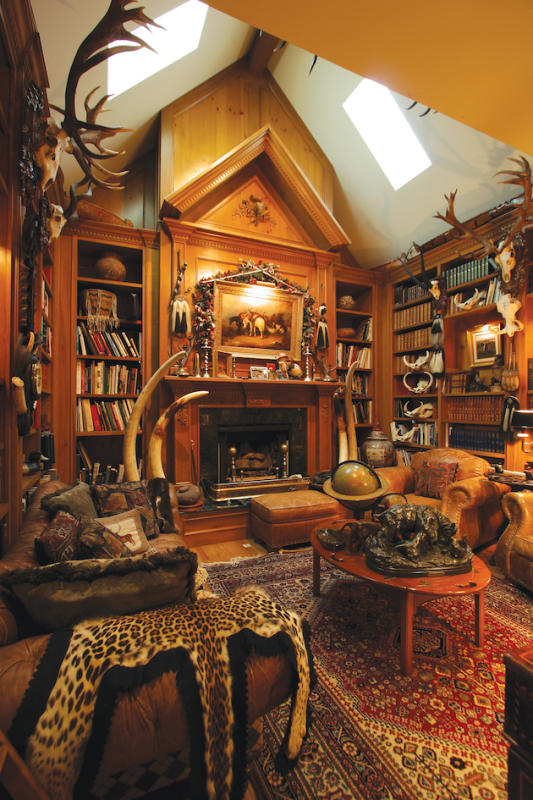
Renowned artist Michael Coleman has filled his 30×40-foot studio with a spectacular array of trophies and artifacts from around the world. Coleman encourages teachers, Scout leaders and the like to bring their children into his home in Provo, Utah.
“I invariably hear the teacher or scoutmaster say to the children, ‘Now don’t touch anything,’” Coleman said. “But I quickly correct them by saying, ‘Oh please, go ahead and touch anything you want to.’”
Cabela

Julian & Sons designed and built this beautiful library for the late Dick and Mary Cabela at their home in Sidney, Neb. Using sapele and wenge, the Julians did the milling of all wood and trim, including the custom flooring. They also created the furniture-grade cabinetry, along with the solid wood-coffered ceiling. Their last step was to finish the wood with hand-rubbed Danish oils. The billiard table and desk were made by the John Weiser Construction company.
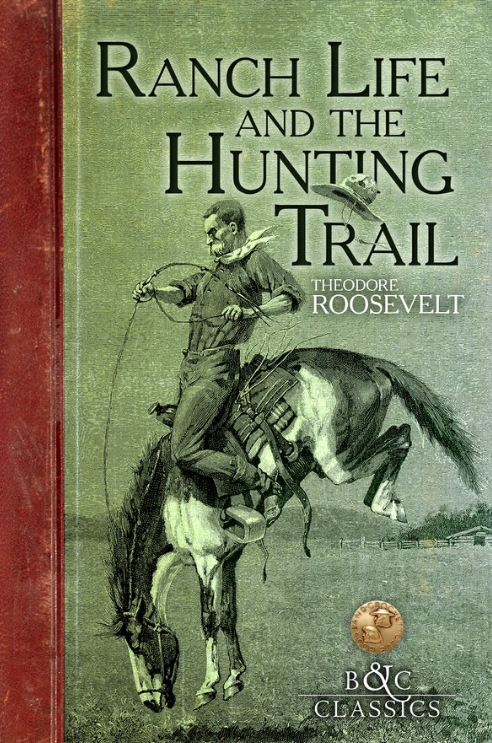 In Ranch Life and the Hunting Trail, Roosevelt records his experiences from his hunting adventures, the people and animals that he encounters, the excitement of the round up, to the everyday life on the ranch. TR’s delightful prose provides a straightforward and very entertaining read. The book is handsomely illustrated with 95 pen and ink drawings by the premier western artist of the time, Frederic Remington. Shop Now
In Ranch Life and the Hunting Trail, Roosevelt records his experiences from his hunting adventures, the people and animals that he encounters, the excitement of the round up, to the everyday life on the ranch. TR’s delightful prose provides a straightforward and very entertaining read. The book is handsomely illustrated with 95 pen and ink drawings by the premier western artist of the time, Frederic Remington. Shop Now


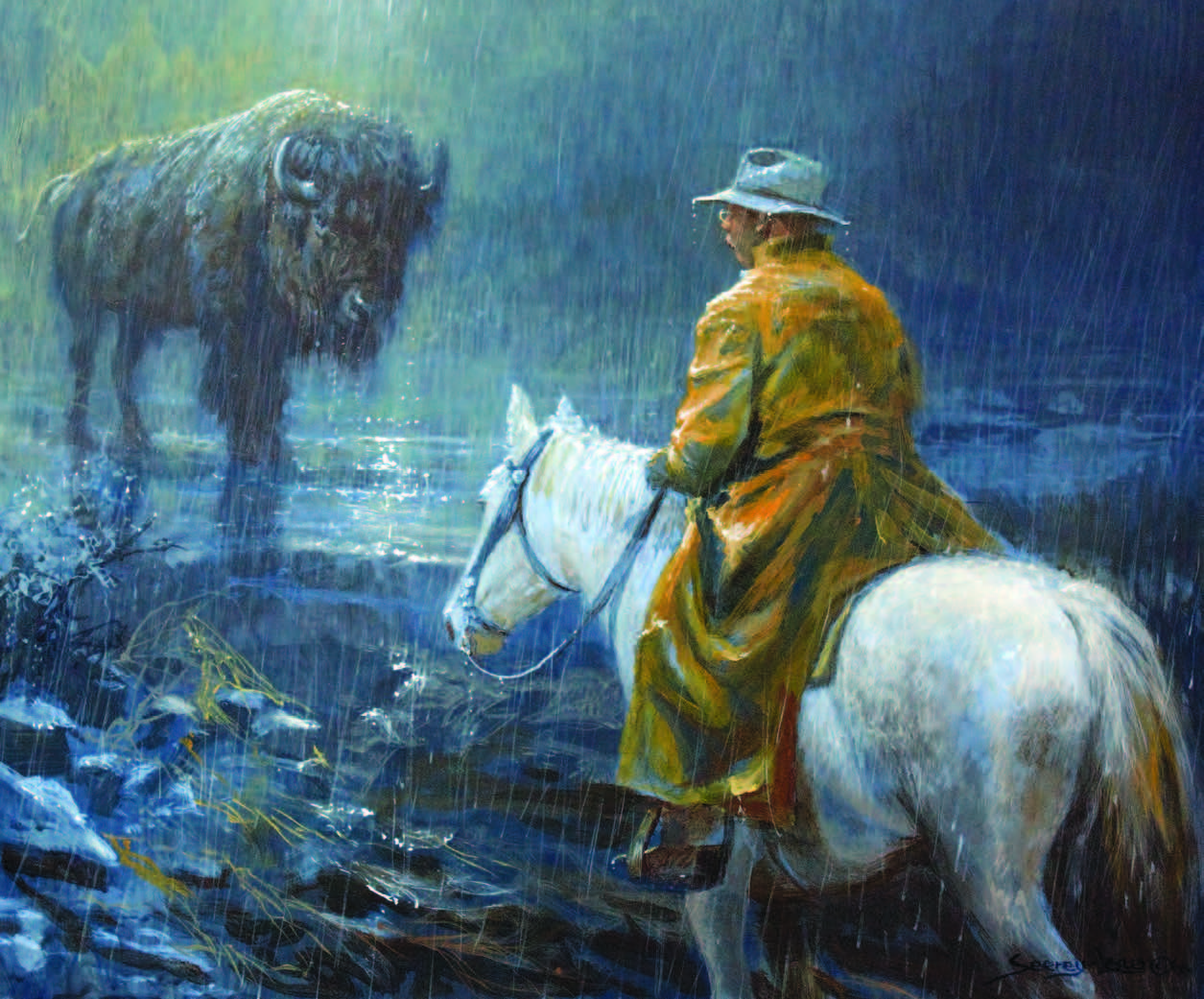
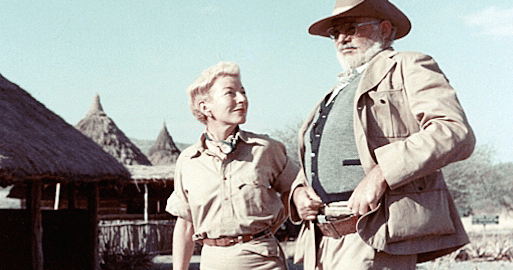
I like the simplicity of the Hemingway room, but I’m pretty sure he completed For Whom the Bell Tolls before buying the Finca.
I like them all except the Cabela room. It seems garish to me, and the uses of the elephant feet and tusks is in poor taste, especially the pool table.